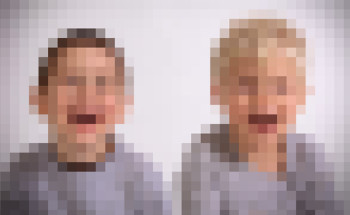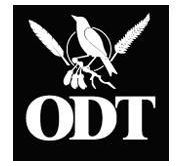
Illustration by London Allen (Photo credit: White77 via Pixabay)
Your young children are pictured in a newspaper at an accident scene. In the United Kingdom, unlike in the United States, publishing such a photo can present a problem for a media outlet as it can run afoul of media regulators as an invasion of privacy.
The Derby Telegraph should not have published a photo showing an accident scene and two 11-year-old children witnesses, UK media regulator the Independent Press Standards Organisation decided.
The Nov. 20, 2014 photo showed a girl who apparently was “knocked down by a car outside of school,” along with another girl, who turned out to be the victim’s sister, and two others in the area at the time of the accident. The mother of the injured and the other girl, who are both 11, complained to IPSO about the invasion of privacy the photo caused.
The mother was upset about the photo showing her children “in shock” before emergency services arrived at the scene and that the photo “added to the family’s distress,” IPSO reported.
“Although it took place in public, the incident was a private matter, and a photograph relating to the welfare of her children should not have been published without her consent,” the mother argued.
IPSO agreed, writing that the photo was “clearly an issue that related to the welfare of both girls.”
The paper did pixellate the injured daughter’s face, but not her sister’s. But even the pixellation the paper did wasn’t enough, IPSO ruled.
“The uninjured sister was readily identifiable in the photograph, and the injured sister was likely to be identified – notwithstanding the pixellation of her face – by virtue of the visible part of her body and her connection with her sister,” IPSO ruled, adding that the newspaper should have secured approval from the girls’ parents.
There was “no exceptional public interest” to justify publishing the photo, even though it was “taken on a public street” because the injured girl was a child in distress. Further, the newspaper was insensitive because friends and family of the girls would have seen the photos.
The photo is question isn’t shown with the Telegraph story, “Girl involved in incident outside Derbyshire secondary school,” anymore.
Derby Telegraph editor Neil White declined to comment to iMediaEthics about the IPSO ruling.
When the mother complained, the Telegraph unpublished the image and said it was willing to unpublish the article even though they thought it was in the public interest, and apologize to her directly, IPSO reported. The newspaper added that it didn’t know that the other girl in the photo was related to the injured girl.
The mother complained about the photo under four clauses of IPSO’s code: privacy, intrusion into grief and shock, children and public interest.
The children and public interest clause requires journalists to get approval from parents of children under 16 for certain reporting. “A child under 16 must not be interviewed or photographed on issues involving their own or another child’s welfare unless a custodial parent or similarly responsible adult consents,” the guidelines state, allowing only an “exceptional public interest to over-ride the normally paramount interest of the child.”
The Telegraph published the ruling on its website, as required by IPSO.
The Telegraph is a daily newspaper in Derby, England.




